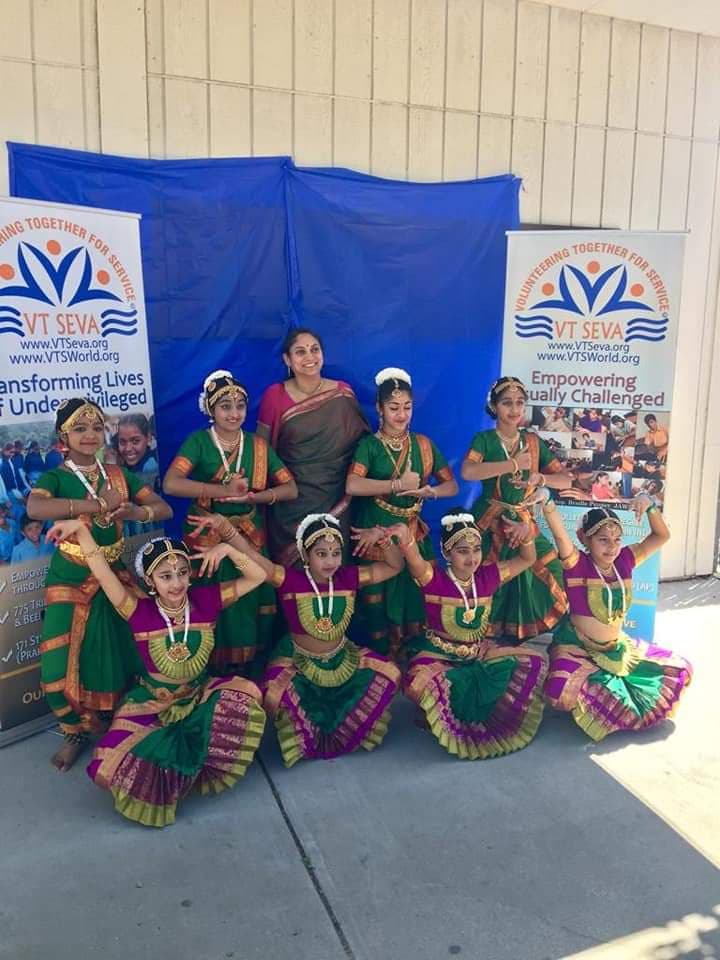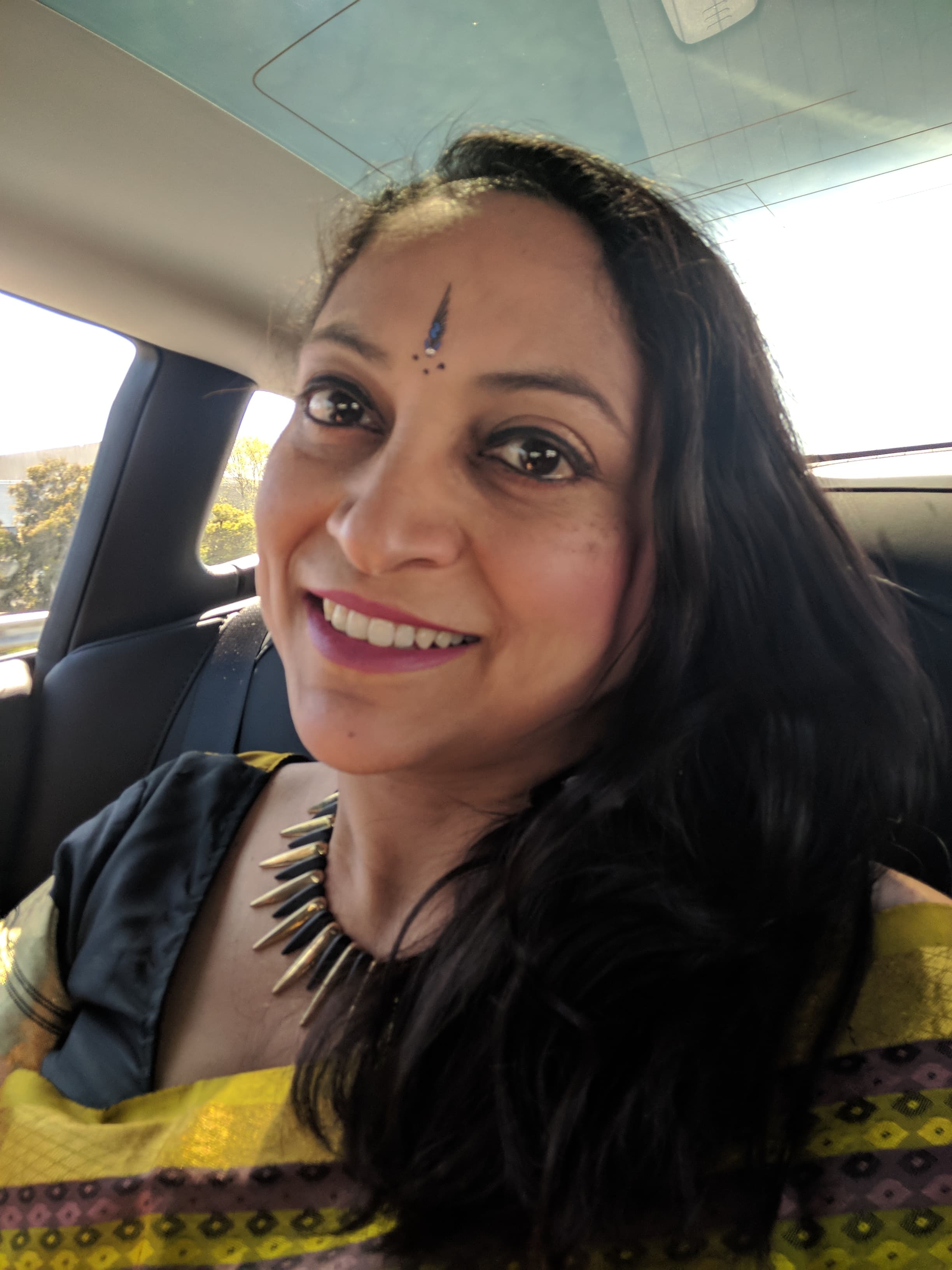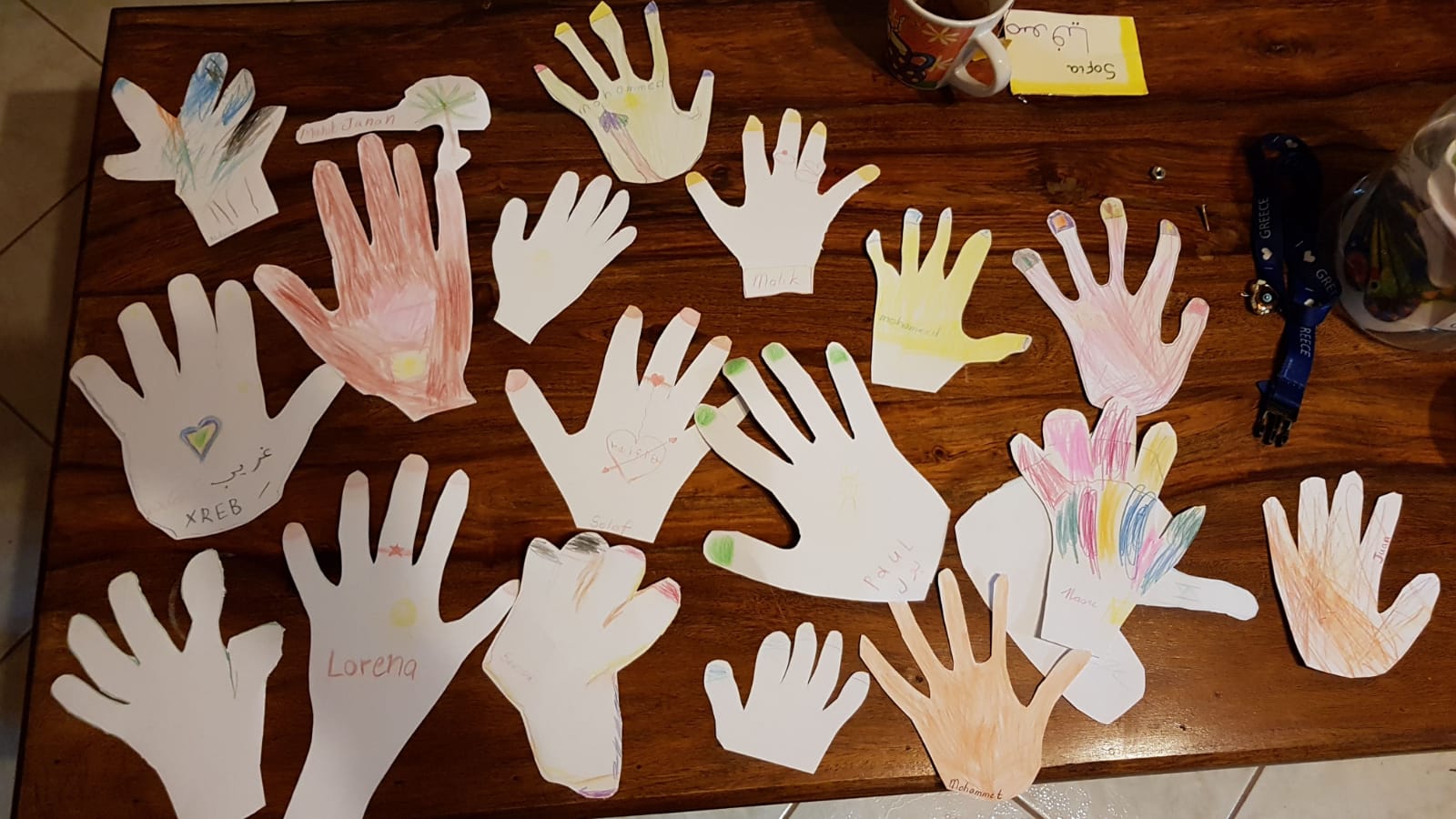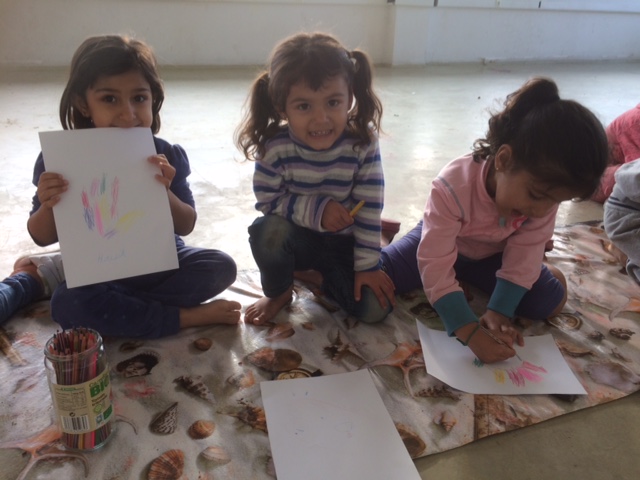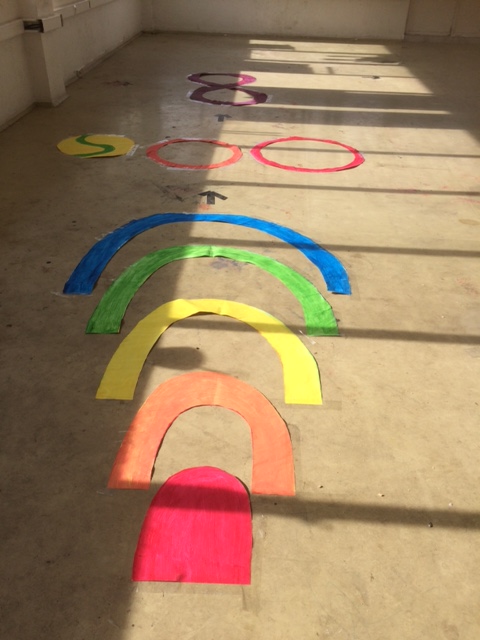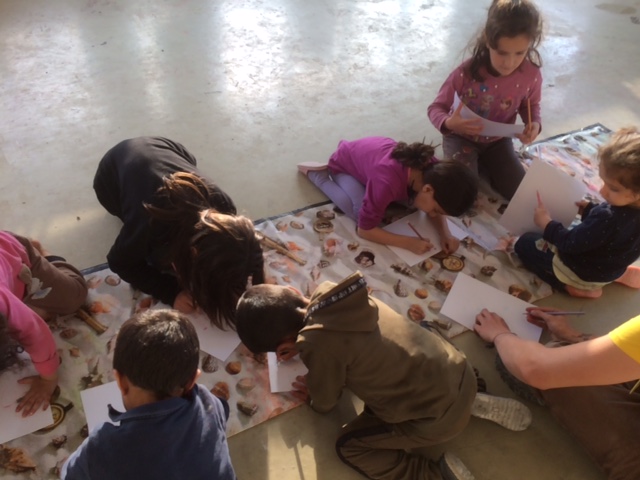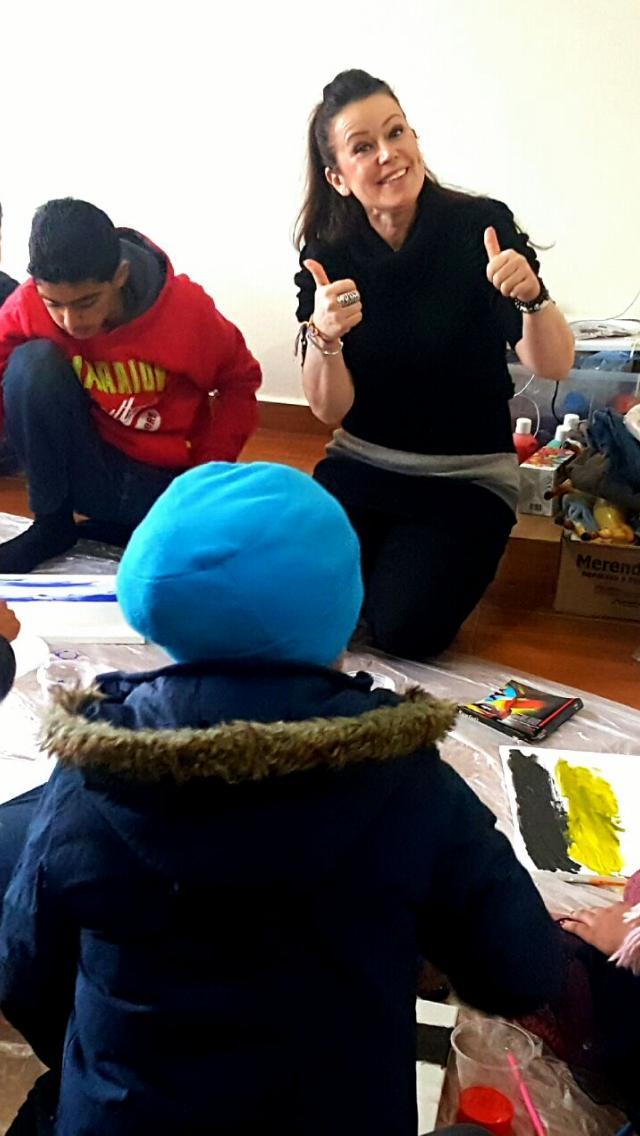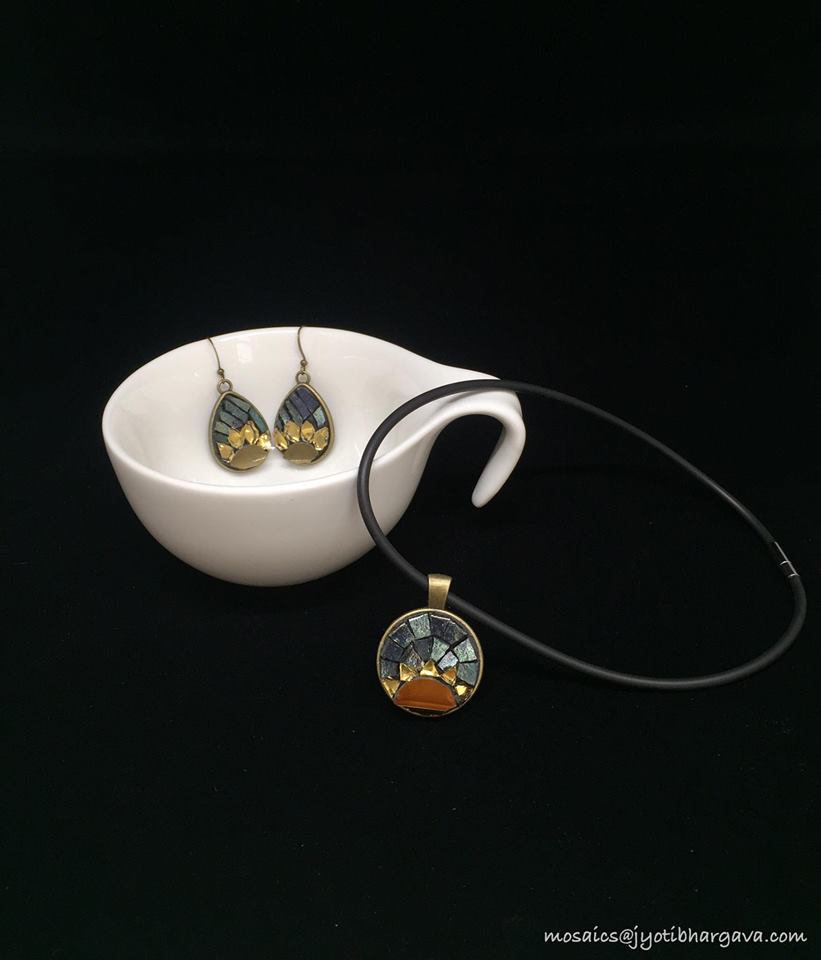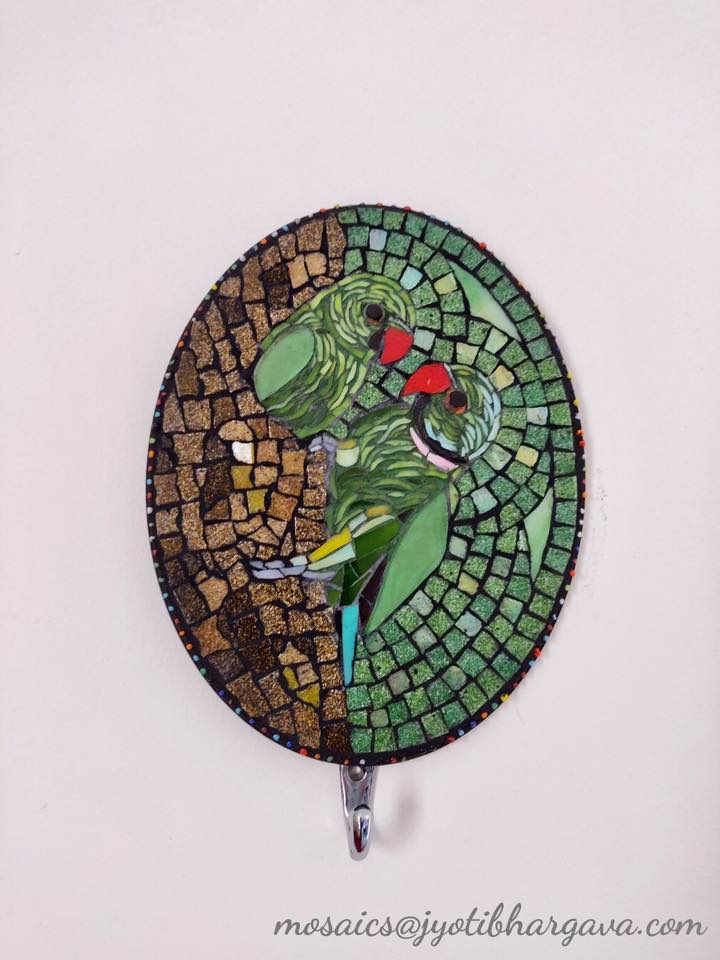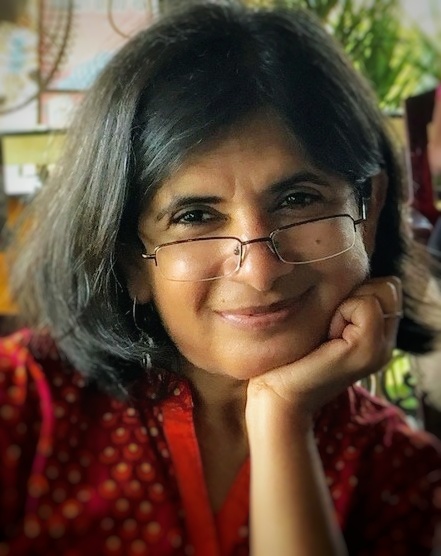It is the beginning of May, 2019 – nearly three years after the UK’s 2016 referendum, during which it decided to leave the European Union. Even at this late stage in the game, nobody knows if Brexit is going to be hard, soft or sunny side up – or whether it will even happen at all! The UK has just been given a Halloween extension, and some much-needed breathing space. The entire country is confused about backstops, trade deals and tariffs, and thoroughly fed up with the way everything has been handled in Westminster. It is high time for a progress report: how did we get here, and where do we go from now?
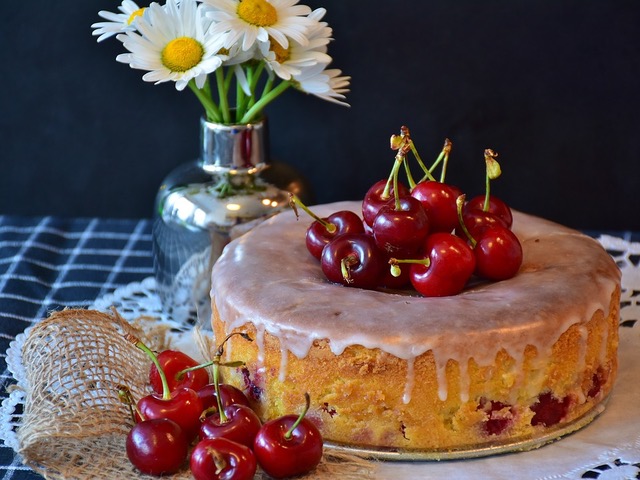
- The Single Market and the Cherry Picking Myth
Brexit. A subject that has divided the country, parliament and political parties in the UK for three years now, and shows no signs of becoming any less polarising. With a difference of only 3.8%, the Leave campaign won the June 2016 referendum. Why did so many people think that Britain going its own way would be the best course of action?
There were two main reasons why people voted Leave in 2016. The first one was sovereignty. Many people were happy for the UK to cooperate with other European countries on trade and other issues, but they felt that over the years, the EU had grown too big for its boots. They were sick of being bossed around by unelected politicians in Brussels, and wanted to take back control.
The second biggest issue was immigration. A lot of British people didn’t like the European idea of unlimited Freedom of Movement. In their eyes, it meant that any Juan, Jan or Janusz could just enter the country, settle in, and undercut local workers or claim benefits.
So let’s have a look at this big European bully, that seems to feel entitled to impose its rules on the UK. What exactly is the European Union, what are the pros and cons of membership, and is leaving the EU the right thing to do for the UK?
The EU was originally set up with the aim of ending the frequent and bloody wars between neighbours, which culminated in WWII. It is based on the idea that when countries trade together, and have a close working relationship, they are less likely to wage war against each other. The founding values of the European Union still form the core of European policy: freedom, democracy, equality, the rule of law and respect for human rights.
Today, the EU is incredibly big and powerful – probably a lot bigger, and a lot more powerful than most people in the UK realise! It accounts for almost a quarter of the world’s GDP (23%), meaning that it is also very rich, compared to most of the rest of the world. In fact, out of 193 countries in the United Nations, only 35 are considered ‘advanced economies’ according to the IMF – and out of these 35 countries, 27 are inside the EU.
So how did the EU become so big, powerful and rich? The answer lies in just three little words: The Single Market. This is when things get pretty boring – but please bear with me, as it is absolutely central to the whole Brexit debate!
The Single Market is by far the biggest, and most advanced single trading area on the planet. It is an ongoing process of harmonisation and standardisation, designed to make it as easy as possible for people, goods, services and money to move around those countries that are a part of it: the 28 members of the EU, plus 4 non-EU countries: Norway, Iceland, Liechtenstein (EEA countries), and Switzerland. It does not only cover free trade, meaning that the countries within the Single Market don’t charge each other tariffs (import taxes). It also covers something much more advanced than that, and something that is quite unique: frictionless trade.
Frictionless trade means that countries within the Single Market have decided to not only eliminate tariffs and customs barriers between themselves. They have also made it as easy as possible to trade and allow free access to each other’s markets, by having the same standards and regulations for goods and services. That means the same safety regulations, environmentally friendly packaging, food labelling, consumer guarantees etc, to create a fair and level playing field between countries. Kind of as if the Single Market was a single country, really! This way, manufacturers don’t have to set up different production lines, to make different goods for different countries. Essentially, it gets rid of trade barriers and internal borders, making it easier for companies to operate internationally, and enlarge their markets.
Imagine, for instance, that you are a British manufacturer of hairdryers. If you want to sell those hairdryers to other countries, you would normally have to deal with different regulations that other countries have, because of their different legal systems. Spain may have certain laws regarding particular hairdryer components, or they may have completely different safety standards to the ones that you have in your country. And Austria, Malta and Sweden may also have slightly different rules and regulations. That would make cross-border trade much harder for you – those countries wouldn’t allow you to sell your hairdryers in their countries, because you don’t comply with their standards. Setting up different production lines for different countries you want to sell to would increase costs for you, leading to higher prices for your products, and reduced competitiveness. You would probably just end up staying in your own country, and lose out on the opportunity to become a big company that trades internationally.
The Single Market has removed those regulatory barriers by allowing frictionless trade between Single Market countries, both in goods and in services. Incidentally, services are things like banking, insurance and telecommunications which make up about 80% of the economy, so it’s quite important to the UK (fishing is less than 0.5%, by the way..). This way, it is now as easy for you to sell your hairdryers from London to Lisbon, as it is to sell them from London to Leeds.
You may ask yourself: “That’s all very nice, but that’s all about trade and stuff. How does that affect me?” Well, having a healthy economy means high employment (jobs), more people spending their well-earned money and keeping the economy going, and more money for the government’s coffers. Companies have to pay corporation taxes, its workers pay National Insurance Contributions and income taxes, and all of that money goes into HMRC. With that pot of money, governments can then pay for schools, hospitals, housing, the police and other public services. It’s a win-win situation, because your country has high employment and more money to spend. Membership of the EU and the Single Market has undoubtedly been of great benefit for the UK, which used to be known as the ‘sick man of Europe’ in the 1960’s. In fact, it has been so successful that it has made the UK the fifth biggest economy in the entire world (although it dropped to sixth soon after the 2016 referendum).
In order to prevent the member states from engaging in unfair competition, and to keep a level playing field, the Single Market also involves countries having certain baseline standards regarding workers’ rights, health and safety regulations, consumer protections, environmental rules, food and animal welfare standards etc. A great number of these kinds of regulations and laws have been written by the UK, which is seen as one of the ‘Big Three’: the three largest and most important countries within the EU (along with Germany and France).
The famous European CE mark, for example, originated from the old British Kitemark. If you see it on a toy that you bought for your children, you can be confident that it is not going to have any tiny components that your baby may choke on, or that he or she is not going to get ill because the toy is covered in toxic paint. All countries within the Single Market have agreed that they will not compete with each other by trying to lower basic standards that exist to protect workers, consumers and the environment, and that they certainly won’t try to get rid of them altogether.
Some of these regulatory rules and standards apply to more than just the 28 EU countries plus those 4 non-EU countries. The Single Market has essentially turned the EU into a huge global powerhouse – one that negotiates its own trade deals with other countries and trading blocs, on behalf of its member states. As an EU member, the UK is part of about 40 trade agreements that the EU has with about 70 other countries, which have taken decades to negotiate. And because it is so big and powerful, the EU has a lot of clout. For instance, if you now buy a toy from China it will have to have a CE mark on it, because the EU has forced China to comply with European safety standards – thus protecting European consumers.
Having these basic common standards is also good news for ordinary citizens, as many EU laws protect them from being exploited by unscrupulous employers. For instance, it means that you can’t be forced to work more than 48 hours a week – you can if you want to, but your employer can’t sack you if you don’t. Things like paid holidays, a ban on age discrimination, LGBT rights, paid maternity leave etc are also enshrined in EU law. It is therefore no coincidence that pretty much all UK unions, as well as the vast majority of economists, campaigned against Brexit during the 2016 referendum campaign.
As you can imagine, the EU has been very keen to protect the integrity of the Single Market during the Brexit negotiations. This consist of four pillars, also known as the ‘four freedoms’:
- Freedom of goods
- Freedom of services
- Freedom of capital (money)
- Freedom of people (labour)
EU negotiators set out their strategy from the beginning, and they have been very clear all along: “Anything can be discussed, but we can’t separate these four freedoms, that the success of our Single Market is based on.”
Unfortunately though, the UK spent the next few years trying to cherry-pick bits out of the Single Market cake. Take the Chequers proposal: “We’ll have that freedom of goods part, thank you very much – but you can keep the freedom of movement part that we don’t want.” When the EU explained that you’re either in the Single Market or you’re out of it, and you can’t have it both ways, the UK press were outraged: how dare the EU humiliate our prime minister by refusing our cherry-picking proposals? Surely they should give us what we want?
This rather one-sided British point of view shows a really basic misunderstanding about the importance of the Single Market to the EU, and its role in the prosperity of all EU countries. The EU sticking to its guns is not about it being vindictive, or about punishing the UK. It is about the EU being strong and stable. Its main aim is, of course, to protect the interests of its 27 remaining member states, not that of 1 soon-to-be ex-member. After all, there is not a single organisation in the world that will give better terms to non-members than to members. So why would it be reasonable to expect the EU to change a winning formula, that has taken decades to develop?
When you look back at old footage of pro-Brexit politicians being interviewed before the referendum, you notice how many of them expected the EU to cave in to the UK’s demands. They talk about the UK wanting complete and full access to the Single Market after Brexit, without it having to adhere to the rules on its four freedoms – particularly the freedom of movement part. Or they talk about keeping access to ‘a’ Single Market, rather than ‘the’ Single Market (as if there are two).
It took a little while before it dawned on these Brexiteers that they couldn’t have their cake and eat it. That that unspecified, magical ‘deal’ that they had promised their voters was, in fact, unavailable – and that it had never existed in the first place. It is as if they had decided to cancel their Netflix subscription, but were then completely taken by surprise when they switched on the tv on a Saturday night, and couldn’t watch any movies anymore. And what’s more: they had a go at a rather baffled Netflix afterwards – an organisation that had always been quite clear about its rules.
So where does this odd mix of pie-in-the-sky thinking (“the German car industry will give in to our demands because we are too important to them; we hold all the cards”), victim mentality (“the bullies in the EU want to punish us”) and anti-EU hostility (“it is an elite conspiracy against the public”) come from? And how did we get to a situation where so many British people genuinely believe that the EU is evil, vindictive, and out to get them? Look no further than the British media, and several decades of Project Fear. More of that coming up next week, in part 2.
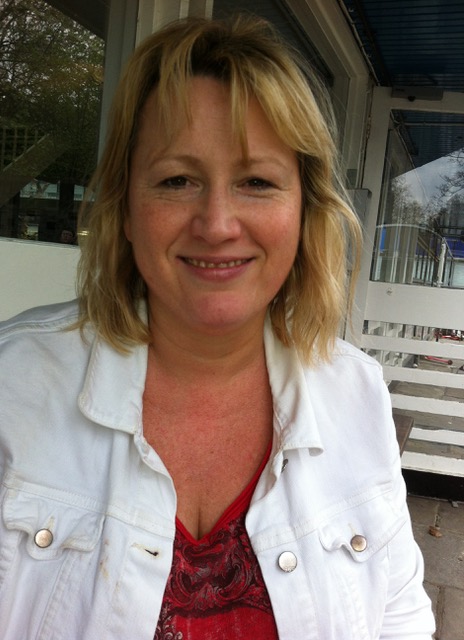
Johanna Brunt was born and raised in The Netherlands. She has spent half her life there on the continent, and half her life in the UK. After studying English and European Studies at the University of Amsterdam, she moved to London where she started working for an international airline. She is married to a Brit, and they have three children together.

